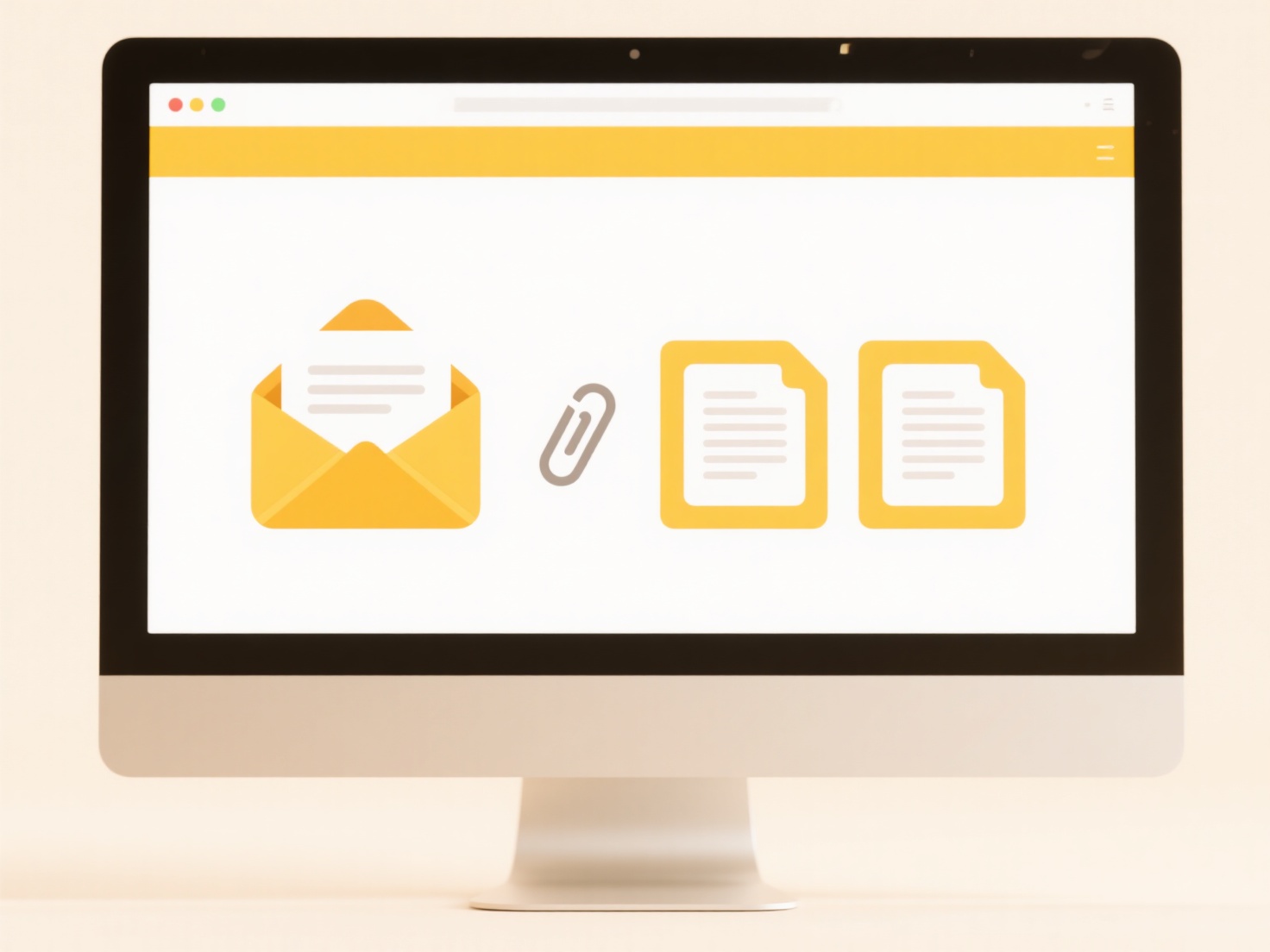
Organizing training materials involves structuring folders logically for easy access and management. Key principles include consistent naming conventions, grouping related content by topic or stage, and maintaining a clear hierarchy. This differs from simply saving files randomly as it prioritizes discoverability and scalability. Start with broad top-level categories, then create nested subfolders as needed to break down content.
For example, training departments often structure folders by topic: "Sales Training" containing subfolders like "Product Knowledge" and "Customer Engagement Scenarios." Compliance courses might organize by department or regulation: "HR/Training" with "Annual Security Training" or "Diversity Modules." Many companies implement such systems within learning management systems (LMS) or shared drives like SharePoint or Google Drive.

This method boosts efficiency, minimizes search time, and simplifies updates. However, overly complex hierarchies can become confusing, and maintaining consistency across a large team presents challenges. Ethical considerations include ensuring access equity for all users. Future trends involve better metadata tagging and integration with AI tools for automated organization suggestions, enhancing usability further.
How do I organize folders for training materials?
Organizing training materials involves structuring folders logically for easy access and management. Key principles include consistent naming conventions, grouping related content by topic or stage, and maintaining a clear hierarchy. This differs from simply saving files randomly as it prioritizes discoverability and scalability. Start with broad top-level categories, then create nested subfolders as needed to break down content.
For example, training departments often structure folders by topic: "Sales Training" containing subfolders like "Product Knowledge" and "Customer Engagement Scenarios." Compliance courses might organize by department or regulation: "HR/Training" with "Annual Security Training" or "Diversity Modules." Many companies implement such systems within learning management systems (LMS) or shared drives like SharePoint or Google Drive.

This method boosts efficiency, minimizes search time, and simplifies updates. However, overly complex hierarchies can become confusing, and maintaining consistency across a large team presents challenges. Ethical considerations include ensuring access equity for all users. Future trends involve better metadata tagging and integration with AI tools for automated organization suggestions, enhancing usability further.
Quick Article Links
How do I manage duplicates across multiple teams or departments?
Managing duplicates across multiple teams or departments refers to the process of identifying and resolving redundant or...
What’s a good format for naming scanned receipts and invoices?
A good scanned receipt naming format consistently organizes key details to aid quick retrieval. It typically combines el...
How do I recover deleted folder structures?
Recovering deleted folder structures means restoring both the directory hierarchy (folders and subfolders) and their con...